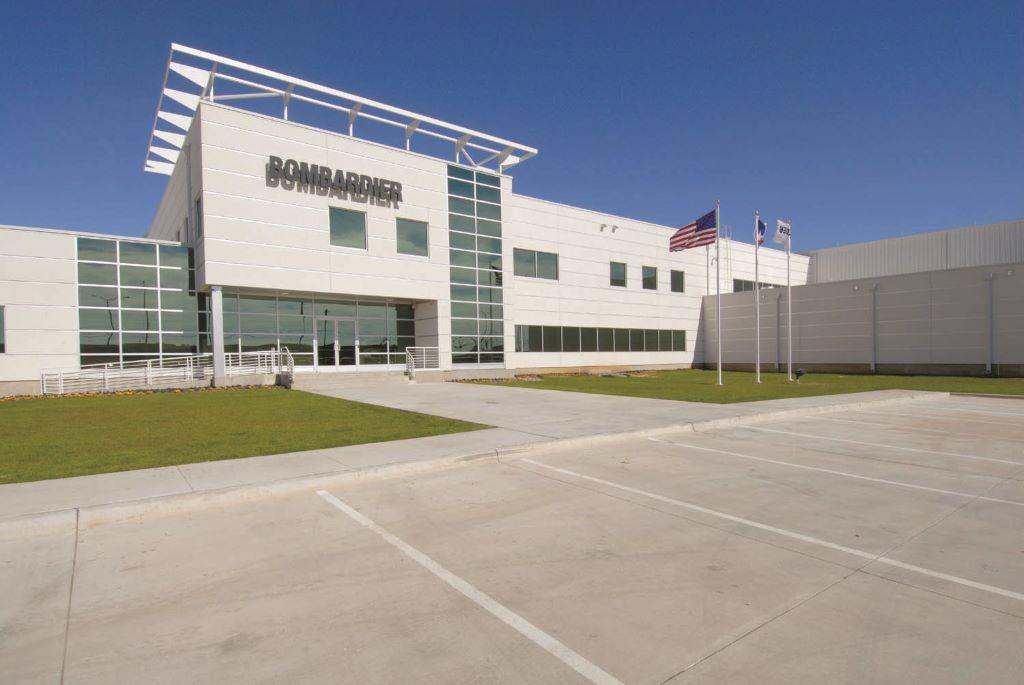
Bombardier is investing in major expansions of its worldwide service center network as it grows the segment, with plans to hire hundreds of technicians over the next 18 months.
“Our plan in services is really to ‘Bring Our Jets Home,’” Jean-Christophe Gallagher, Bombardier executive vice president of services and support and corporate strategy, said in a media briefing at its site in Montreal ahead of NBAA-BACE.
To grow its aftermarket business, Bombardier is adding and expanding facilities to accommodate its almost 5,000 aircraft in service around the world. The company expects to make a number of announcements over the next few months.
In Bombardier’s plan to investors, its goal is to increase the company’s total revenue to $7.5 billion in 2025, from $5.6 billion in 2020. Its aftermarket service business, including scheduled and unscheduled maintenance, modification, upgrades, interior renovations, engine work and paint, is a key part of the plan.
In 2020, Bombardier’s services business made up 18% of its total revenue. By 2025, the plan is to grow it to 27% of revenue. “That will put the service business at about $2 billion by then, which we feel is the right target to set for ourselves as we move forward,” Gallagher says.
Over the next couple of years, Bombardier plans to expand its total facilities to about 3 million sq. ft., from today’s approximately 2 million sq. ft. of hangar space, Gallagher says. The company currently employs 2,500 people in its service businesses worldwide.
Over the next 18 months, it plans to hire 400 technicians, including 200 in the U.S. and another 200 split among London, Berlin, Singapore and Australia. To that end, Bombardier is partnering with training facilities and colleges to help build up its pool, Gallagher says.
Bombardier’s efforts to add line stations and expand service centers is coming together, Gallagher adds. Despite the COVID-19 pandemic, “we’ve been able to maintain pretty much our schedule on all of these massive construction projects.”
Bombardier’s largest expansion is underway at Miami-Opa Locka Executive Airport (OPF). With about 250,000 sq. ft. of space, it will be Bombardier’s largest service center under one roof, Gallagher says. The site is expected to be operational by mid-2022. OPF is one of the fastest-growing airports in the U.S. With about 60 to 70 Bombardier jets based there, it is a large hub for the company, Gallagher says.
In Europe, construction of a new facility to expand Bombardier’s presence at Biggin Hill Airport outside London is underway. Work on the interior is ongoing, with plans to be fully operational in 2022. A series of doors on both sides of the center will accommodate aircraft, while the middle will be devoted to the battery shop, avionics shop, tire shop, interior shop, a customer area, cafeteria and other amenities.
Also in Europe, Bombardier bought back its operation in Berlin in January; it previously was a joint venture with Lufthansa.
In the Middle East, Bombardier completed a line station at Maktoum International Airport in Dubai, where it has technicians, trucks and parts.
In July, Bombardier completed a new wing for its Singapore Service Center at the Seletar Aerospace Park, and received authorization from the FAA, European Union Aviation Safety Agency (EASA) and other regulatory agencies. It is now ramping up the operation. With the addition, the campus totals about 400,000 sq. ft, the largest business aviation maintenance center in Asia, Gallagher says.
Bombardier also plans to open a new facility in Melbourne, Australia, in early 2022. Customers will no longer have to fly outside Australia for service. “It’s also progressing well and on track,” he said.
